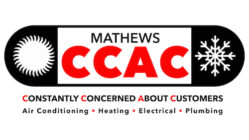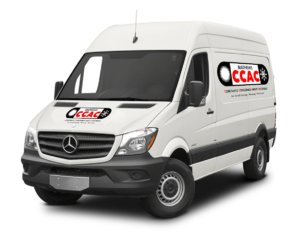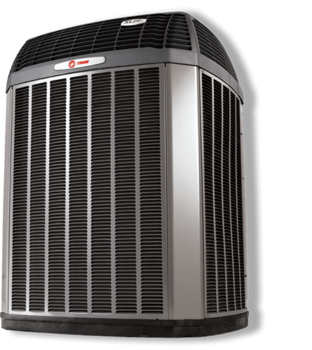Heat is always on the move and insulation is designed to slow it down. Heat flows from warm areas to cooler areas naturally. That means it’s trying to get out of your house in winter and trying to find a way in during summer. Insulation is rated by its R-value. “R” stands for resistance, and the amount of resistance it presents to heat transfer depends upon the type and thickness.
In residential applications, two types of insulation are most common:
Fiberglass batts. Composed of millions of strands of glass fiber, this fluffy pink material looks like cotton candy. It’s sold in your home center rolled up like blankets and pre-cut to sizes that fit between the ceiling joists in your attic. Fiberglass batts have an R-value of about 3.1 per inch.
Blown-In Insulation. This can be done with either Fiberglass or Cellulose.
Fiberglass like the batts above is composed of millions of strands of glass fibers. Unlike the old type of fiberglass the new type does not have the components in it that made the old stuff itchy. The new stuff is almost like a fluffy cotton puff.
Cellulose. Pulverized bits of paper and fabric make up cellulose. It’s a loose-fill product that has to be blown into attics under air pressure though large hoses. Cellulose goes anywhere you can fit the hose, including every nook and cranny in your attic, offering more complete coverage than roll-out fiberglass batts. Cellulose has an R-value of 3.8 per inch.
Here are some guidelines for upgrading the R-value in your home:
- The attic is the easiest place to start and gets you the most bang for your buck. Additional insulation can be added right on top of the existing layer and different types can be mixed.
- Upgrading walls is more complex. Unless it’s done at the time of a major renovation when the walls are opened up, loose-fill or foam material must be blown into wall cavities through special holes and is generally the job for a professional.
- Insulate according to your Department of Energy climate zone. Corpus Christi is in Zone 2, which calls for attic installation of fiberglass batts at a minimum depth of 11 inches up to 19 inches, or 8 inches to 15 inches of loose fill cellulose. Walls require at least 4 inches of either type.
- Insulation batts are good for easy do it yourself areas but often do not provide complete sealed coverage because of the gaps that occur between batts.
- Blown-In insulation has much better coverage and will fill in all the gaps that would be left by batts.
- Fiberglass blown in insulation is superior to cellulose materials because of the flame stop properties of fiberglass and because the cellulose materials can create a large dust problem in the home.
We’re constantly concerned about customers at Mathews CCAC Heating & Air Conditioning. Let us help you make the right choices about new insulation for your home this season.
Our goal is to help educate our customers in Corpus Christi, Texas about energy and home comfort issues (specific to HVAC systems). For more information about insulation and other HVAC topics, download our free Home Comfort Resource guide.
Image courtesy of Shutterstock












